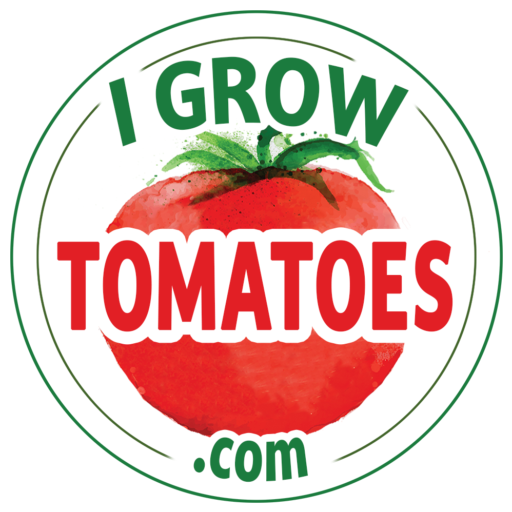Growing your own tomato plants sounds like a simple process, but is it really? Can you simply take a tomato seed, plant it in the soil, and watch it grow?
Unfortunately, while tomatoes are one of the easiest crops to grow in home gardens and backyards, it isn’t quite THAT simple. In fact, there is a bit of consistency and care involved – at least to grow tomato plants that are healthy and produce plenty of fresh fruit.
Tomato plants are one of the most popular garden crops around, and for good reason! Even if you only have a small patio space, you can easily grow a couple of tomato plants in containers or buckets.
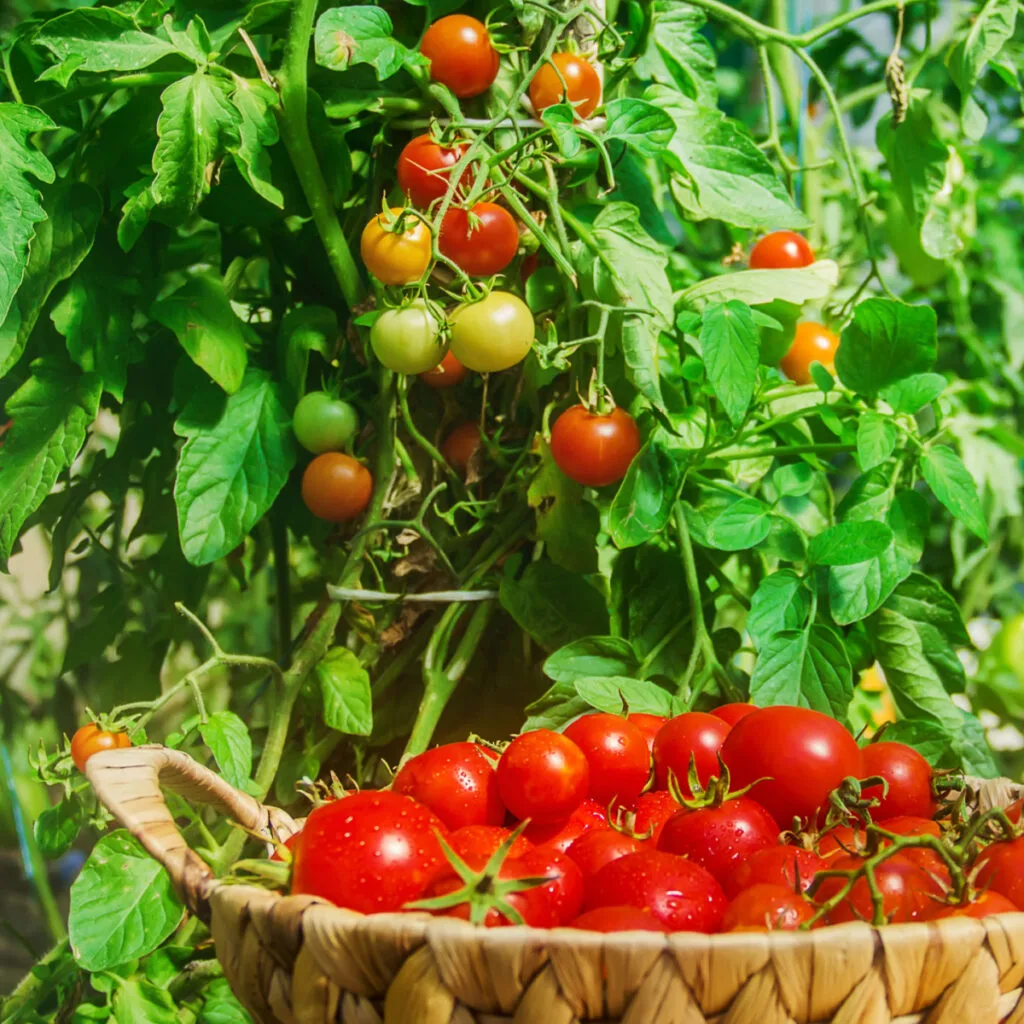
Not only are there a ton of different varieties and growth styles available, but most tomato plants are heavy producers. This means you will be left with plenty of tomatoes for fresh eating and to make things like pasta sauce, salsa, and tomato soup.
But by following a few key tips, you can ensure that you receive a bountiful harvest of fresh, ripe tomatoes all growing season long from healthy plants. From planting to harvest, this article will briefly touch on all the basics of growing your own tomato plants next year.
How To Grow Your Own Tomato Plants
Create Your Garden Plan
While it might be tempting to jump right in and order your seeds or skip right to purchasing transplants, it’s better to make a quick plan first. This is especially important if you are growing in an established garden space.
When creating your garden plan, take into account crop rotation. In order to help prevent disease and insects, don’t plant your tomato plants in the same spot more than once every 3 to 4 years.
This comes into play whether you are growing in an in-ground garden or if you are using raised beds. Rotate the space as much as possible, especially with heavy-feeding crops like tomatoes. (See, “How To Deal With Late Season Tomato Blight”)
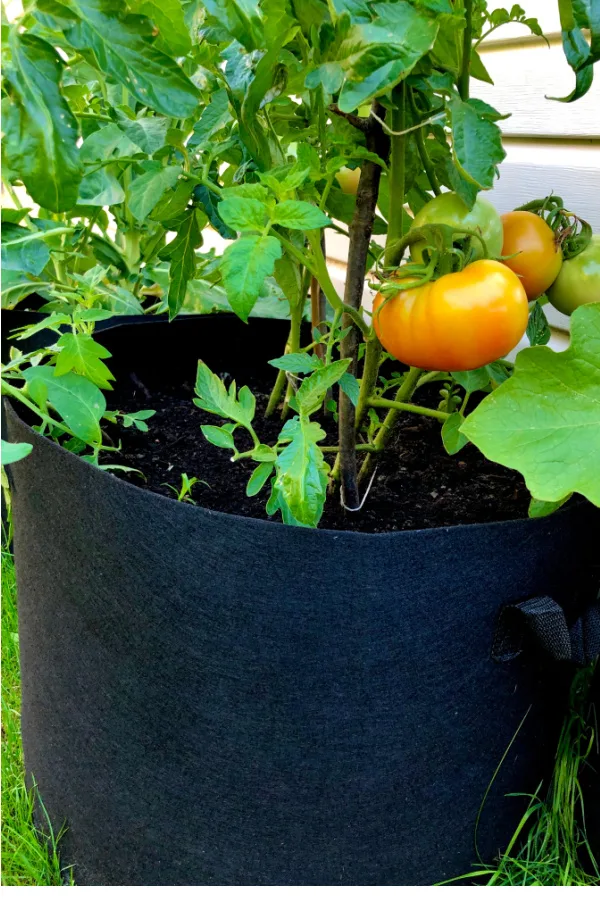
If you are growing in containers, don’t reuse the same exact potting soil each year. Mix the soil into your compost bed to help revitalize it. Or, be sure to add in some new potting soil as well as compost at the time of planting.
Seeds Or Seedlings
Part of your planning also needs to be deciding whether you want to grow your tomatoes from seeds or from transplants. In order to grow tomato plants in most climates, the seeds need to be sown in early spring, long before the weather starts to warm up.
It might sound intimidating, but it is relatively simple to start tomato plants from seeds. You need good quality seed starting soil, some trays and containers with drainage holes, LED or grow lights, and your tomato seeds. (See, “How To Start Tomato Seeds Indoors”)
Start your seeds about 8 to 10 weeks before you want to plant them outside. Keep the soil moist but not overly saturated. Lower the lights so that they are always a few inches above the seedlings. Raise them as the plants grow. Before transplanting outside, be sure to harden off seedlings for best results.
The advantage of starting tomato plants from seeds is you have a larger choice of different tomato varieties. In addition, a packet of seeds is a lot less expensive than purchasing multiple transplants.
Growing Transplant Tomato Plants
Instead of starting tomato seeds yourself, you can let your local nurseries and garden centers do the work for you. Choose plants that have healthy-looking foliage with strong, thick stems. Avoid any plants that are tall and leggy.
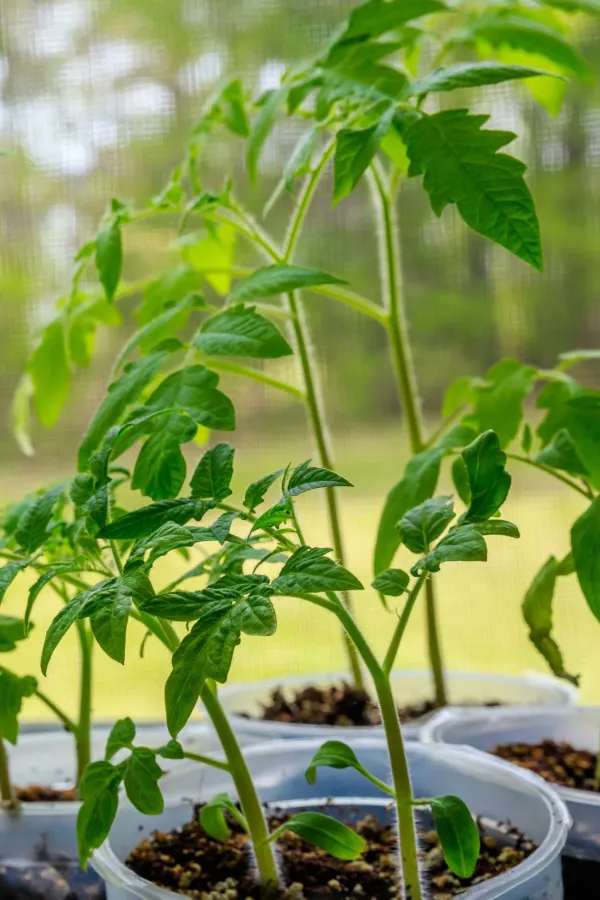
Keep the transplants in their container until you are ready for planting outside. The soil temperature needs to be around 60 to 65º Fahrenheit before planting for the best success. Water so that the soil stays moist but not overly saturated.
Planting Tips
When it’s time to plant either your transplants that you started from seeds or that you purchased, there are a few ways to ensure your plants get off to the best start possible.
In every hole you make for each plant, amend the soil to help power the plants. Add a few inches of aged compost into the bottom. In addition, toss in about a quarter cup of crushed eggshells and a few tablespoons of coffee grounds.
As an added bonus, add a quarter cup of worm compost to the hole as well. This powerhouse combination will set the stage for huge growth and good production right from the beginning.
In addition to powering the transplants with soil amendments, add your tomato supports right after planting. Most tomato varieties grow to be several feet tall, especially indeterminate varieties.

As these plants push out fresh fruit, they need some kind of support to prevent breakage or falling over. Adding the supports at the time of planting will prevent you from cutting or ruining any established roots later on.
Adding Mulch
Using organic mulch around your growing tomato plants is one of the best ways to keep plants happy and healthy. Create a thick 3 to 4-inch layer of mulch using either shredded leaves, grass clippings, or straw.
Not only will the mulch help to insulate the soil early in the growing season, but it also helps to regulate the soil’s temperature all summer long. In addition, mulch helps to prevent weeds from growing as well as deters soil-borne diseases from getting on the foliage of tomato plants.
Growing And Maintaining Tomato Plants
While your tomato plants are growing, be consistent with your watering. Over or underwatering tomato plants is often the reason for most plants struggling.
Only water plants when the soil is dry one to two inches below the surface. Don’t go by the surface appearance alone. When watering, do so at the base of the plants as opposed to overhead when possible.
The frequency you need to water will vary on your climate, the size of the tomato plant, and the soil’s composition. Young transplants will need watering almost daily while older, more established plants need around an inch of rainfall or watering each week.
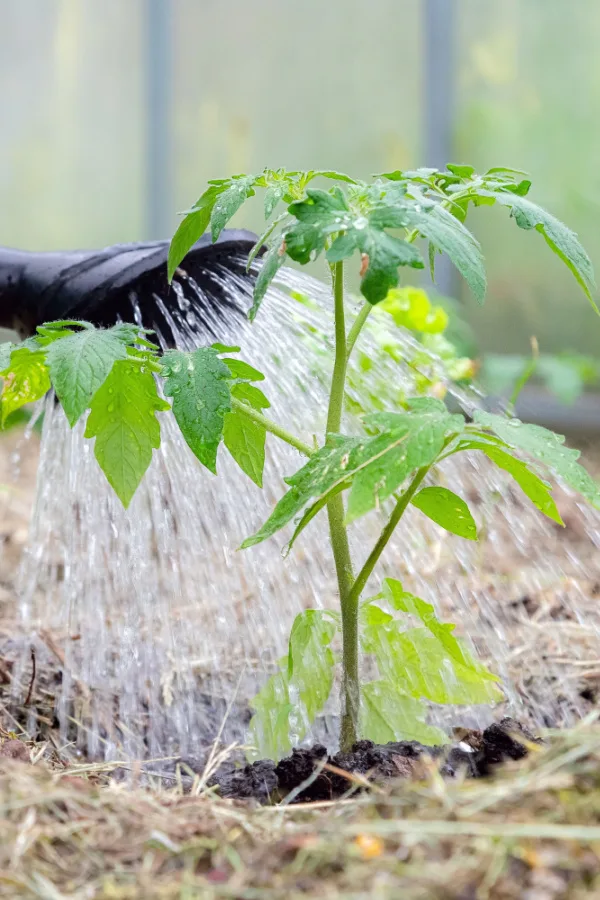
Tomato plants are also heavy feeders, so they need additional nutrients throughout the growing season. Choose an all-purpose liquid fertilizer that has a higher number of phosphorous and potassium than nitrogen. Use half the recommended dose and apply it every 10 to 14 days for best results.
Both indeterminate and determinate tomato plants need the bottom 12 inches or so pruned up off the ground. This helps to prevent the plants from touching the soil or mulch as well as improves airflow. Additional pruning of the suckers on indeterminate plants can help keep plants tidy and improve airflow.
Lastly, harvest ripening tomatoes early and often. As soon as the fruit starts to turn color, you can harvest them. The tomatoes will continue to ripen off the plants without the worry of splitting, cracking, or pest damage.
By following these few simple tips, you can grow your very own amazing crop of tomato plants next year!
Follow Our Facebook Page For Even More Great Tomato Growing Tips! I Grow Tomatoes Facebook Page
I Grow Tomatoes is a website created for those who love all things about tomatoes – from planting and growing – to cooking and canning! We publish two articles every week, 52 weeks a year. Sign up today to follow via email! This article may contain affiliate links.
